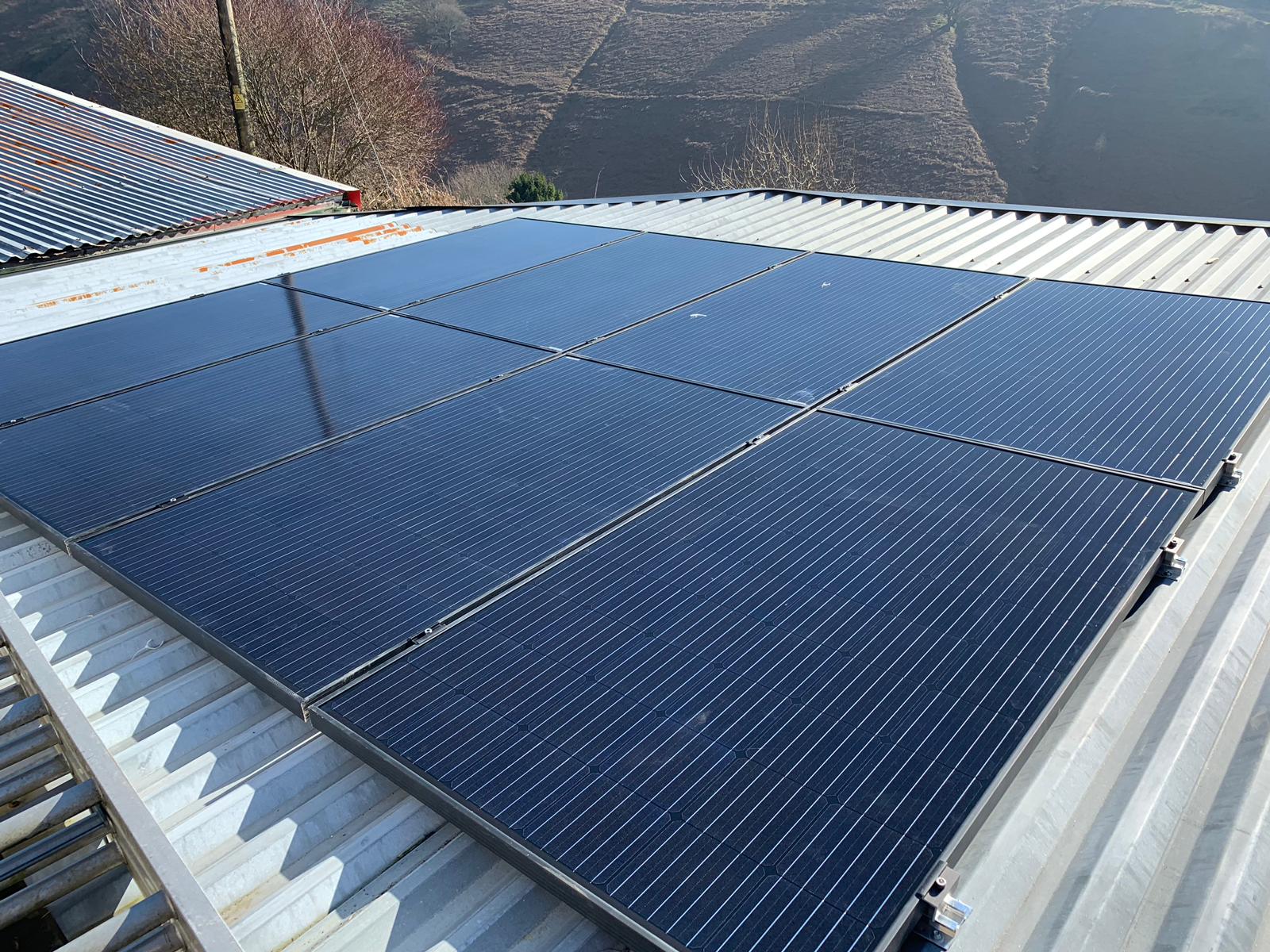There are some villages in the world that are so remote that their own national governments barely know anything about them. People in these villages live peaceful lives, but are disconnected from society at large in a number of ways.
They feed themselves with their own crops and livestock, making use of fertile lands and abundant waters. But only the most powerful 4×4 vehicles are able to get to them, since there are no real roads that lead to them. Being so remote, one of their greatest disadvantages is that they have long existed without electricity.
Power utility companies tend to favour more densely populated regions to invest in infrastructure, and this means remote villages are left in the dark. Fortunately, new hope is being offered to these places by the potential of solar power systems.
They are ideal for remote areas due to their flexibility and modular nature. It is more cost-effective to establish solar power systems than connect these places to the power grid, making it an increasingly viable option.
Strong signs of adoption
The uptake of this kind of infrastructure is increasing with outside investment. In 2011, there were only 20 million people in the world living from off-grid renewables.
Estimates from the African Development Bank suggest that around 640 million people in Africa alone lack access to energy.
Work is in place to start offering solar technology to at least 30 million people by 2020.
Renewable energy is gaining momentum, with more than 10 million people worldwide employed by companies that are making great strides in innovation and uptake. It is becoming a pillar of low-carbon economic growth, seen by many as the future of energy provision for the world.
Simple but highly effective
A stand-alone solar power system is made up of solar panels, a controller and batteries. The panels generate electricity from the heat and light of the sun, which then charges the batteries.
The stored energy can be used to power lamps and televisions, protected by the controller. When placed in the right areas, where cloud coverage is low and sunlight shines most of the day, solar panels can be a powerful way to generate electricity without the need for power stations and the grid.
This is offering a lifeline to remote village communities in need of power for their lights, heating and cooking.
The lifestyles of people in these communities can be greatly enhanced by solar panels. Children are now able to see how people live in different parts of the world by watching television. Batteries store power to be used at night or when cloud coverage is high. Schools can get lighting and even computers, while solar pumping systems can help deliver water to the homes of those who need it.
The benefits of having power in these communities are innumerable, and solar panels offer a powerful, cost-effective and non-polluting solution that national grids simply can’t provide.
The bottom line
The technology exists, and it is a potent and viable solution for the most remote locations in the UK and beyond. Adoption and investment are rising, and the increasing number of projects to reduce the world’s populations that lack access to basic energy is promising.
But there needs to be a greater emphasis placed on delivering these simple yet powerful solar power systems to those who need them most. It could help save countless lives and reduce some of the critical poverty that exists around the world.
If you would like to enquire about solar panels, and how solar energy could benefit you, please feel free to contact Forever Green Energy. We are passionate about increasing the adoption of solar power systems so everyone in the world can experience the benefits of solar power.

